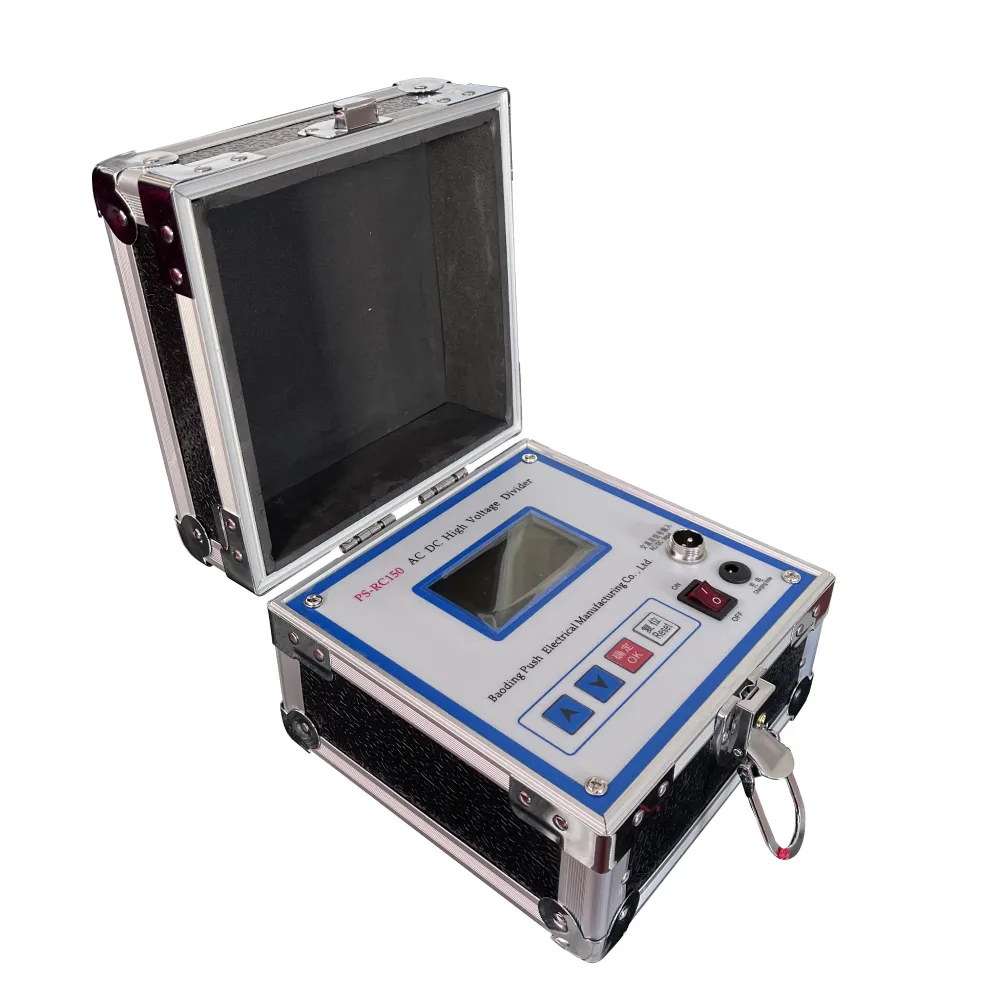 English
English


off load tap changer
Understanding Off-Load Tap Changers
Off-load tap changers (OLTCs) are essential components in electrical power transformers, facilitating the adjustment of voltage levels in a power distribution system. These devices allow for efficient voltage regulation and ensure a stable supply of electricity, which is crucial for both residential and industrial users. By enabling the modification of transformer taps when the transformer is not energized, OLTCs play a pivotal role in managing the grid's voltage profile, thereby enhancing system reliability.
Function and Operation
The primary purpose of an off-load tap changer is to change the transformer turn ratio, effectively altering the voltage output. This is accomplished by tapping into different points of the transformer windings. When load conditions dictate a need for a voltage adjustment, operators can manually or remotely switch the taps to achieve the desired output voltage level. Unlike on-load tap changers, which can adjust while the transformer is under load, off-load tap changers require the transformer to be completely de-energized. This makes them simple in design and lower in cost but less flexible in fast-changing load conditions.
OLTCs are particularly beneficial in scenarios where demand patterns fluctuate significantly throughout the day. By adjusting taps during low-demand periods, utility operators can optimize the system’s performance and prevent voltage sags or surges that may affect connected loads. This ensures not only the safety of the electrical equipment but also prolongs its lifespan.
Types of Off-Load Tap Changers
There are various types of off-load tap changers in use today, including
1. Mechanical Tap Changers These are manually operated by leveraging gears and levers to change taps. They are typically used in smaller transformers where loads do not change rapidly.
2. Motorized Tap Changers These are equipped with electric motors that enable remote operation. The introduction of automation in these tap changers allows for easier and more precise voltage adjustments, improving operational efficiency.
off load tap changer

3. Hydraulic Tap Changers Utilizing hydraulic mechanisms, these tap changers can offer smoother transitions between tap settings, which minimizes electrical disturbances during the changeover.
Applications
Off-load tap changers find their applications primarily in industrial settings, distribution substations, and power generation facilities where voltage levels need to be managed consistently. They are typically used in stepping down the high transmission voltage to a suitable distribution voltage, ensuring the safe and effective operation of electrical systems.
In addition to power utilities, OLTCs are extensively used in renewable energy installations, such as wind farms and solar power plants. In these contexts, where fluctuating generation does not always align with demand, off-load tap changers help in maintaining grid stability and reliability.
Advantages and Limitations
The advantages of using off-load tap changers include their simplicity, lower cost compared to on-load versions, and ease of maintenance. Since they operate when the transformer is de-energized, there is minimal risk of arcing and other potential issues associated with live operations.
However, the primary limitation is their inability to adjust voltage levels under load. In grids where demand changes rapidly, relying solely on off-load tap changers could lead to voltage instability. Thus, they are often used in conjunction with other voltage regulation methods to create a balanced solution.
Conclusion
In summary, off-load tap changers are a vital component of the electrical infrastructure, playing a crucial role in voltage regulation within power transformers. While they may not offer the flexibility of on-load tap changers, their cost-effectiveness and reliability make them a valuable asset in many applications. As the demand for efficient and stable power continues to grow, the importance of systems that incorporate effective voltage regulation strategies, including off-load tap changers, cannot be overstated.
-
Differences between open cup flash point tester and closed cup flash point testerNewsOct.31,2024
-
The Reliable Load Tap ChangerNewsOct.23,2024
-
The Essential Guide to Hipot TestersNewsOct.23,2024
-
The Digital Insulation TesterNewsOct.23,2024
-
The Best Earth Loop Impedance Tester for SaleNewsOct.23,2024
-
Tan Delta Tester--The Essential Tool for Electrical Insulation TestingNewsOct.23,2024





